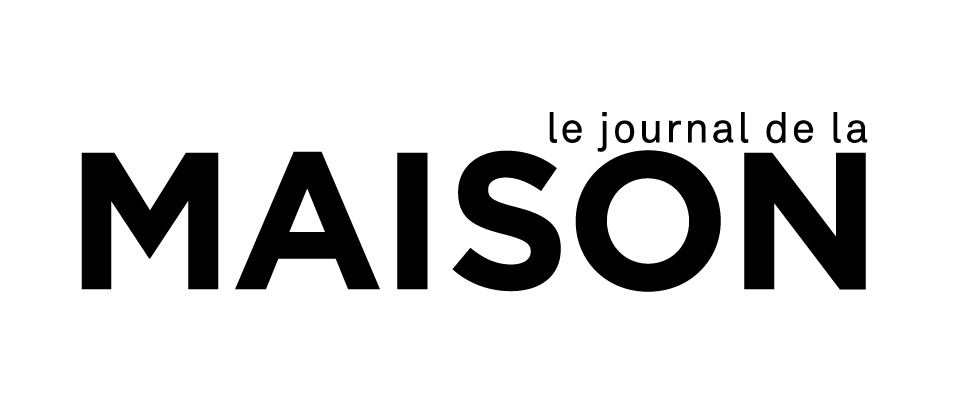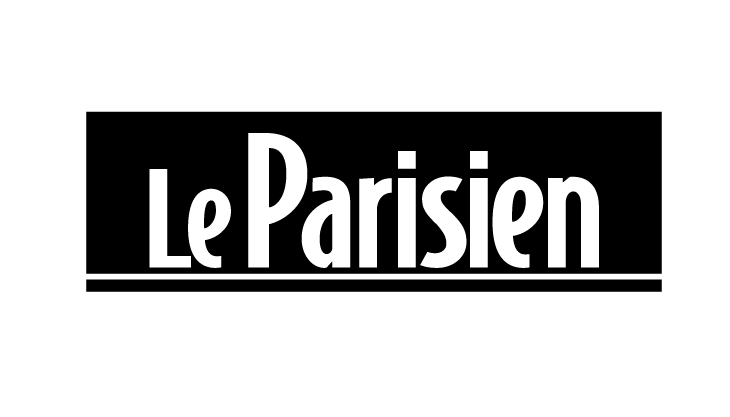Artwork of Roy Lichtenstein artprints & posters
A pioneering pop artist in the United States, Roy Lichtenstein is known for his vibrant paintings inspired by comic strips and advertising. His career radically transformed the modern art scene with his distinctive style of painting, using dots in the Benday technique, bright colours and bold lines. Between his career as a university art teacher, where he gave courses, and that of a painter recognised throughout the world, from New York to Paris via London, the American succeeded in raising the popular image to the level of a true work of art.
Discover the works of Roy Lichtenstein, with his oil on canvas Girl With Ball (1961, Museum of Modern Art), presented at the famous Leo Castelli Gallery in New York, which contributed to his fame, his painting Artist's Studio—Look Mickey (1973, Walker Art Center in Minneapolis), a work using the codes of Matisse and including the former works of the American painter, his work As I Opened Fire (1964, Stedelijk Museum, Amsterdam), a painting using the codes of comic strips, or his painting Whaam! (1963, Tate Modern Museum, London), a large canvas inspired by comic strips, undoubtedly the most famous with his Benday technique.
Treat yourself to a reproduction of one of Roy Lichtenstein's paintings available in the catalogue, and discover the life of this artist who contributed to the rise of modern art in the world, by browsing through his biography.
Biography of Roy Lichtenstein
Youth and early life of Roy Lichtenstein
Roy Fox Lichtenstein was born on 27 October 1923 in New York, into a middle-class family. His father, Milton, was a real estate broker, while his mother, Beatrice, took care of the household. From a young age, Roy showed a strong interest in the arts, with a passion for drawing and painting.
After secondary school in the Manhattan district, and participation in the Art Students League of New York, where he attended summer courses during 1939, a new chapter began in Lichtenstein's life when he enrolled at Ohio State University, where he studied art during the 1940 academic year, opening the door to his future career. He thus received a classical academic education while developing his own artistic style. During the Second World War, he temporarily paused his studies to serve in the American army. After the war, and a stint in Paris and then London, he returned to the United States, to university to finish his studies and obtain his degree, and it was also in the state of Ohio that he began to teach as an assistant professor.
The artistic development of Roy Lichtenstein
From 1950, Roy Lichtenstein struggled to find his way as a professional artist. His career fluctuated between that of a teacher and other jobs as a decorator or designer for companies. Influenced by modernist movements, he experimented with different styles including cubism and abstract expressionism. With a few paintings and a first exhibition in 1951 in Canada, it was only from 1960 that he crossed the threshold towards his signature style that would make him famous. At the time, he liked to recreate images from comic strips and cartoon characters such as Mickey Mouse, elements that would strongly inspire his later work. In response to one of his children, from his marriage to Isabel Wilson, challenging him to paint something as good as a comic book character, he created Look Mickey (1961), a painting that changed the course of his career forever. With these early paintings inspired by comic books and popular imagery, Lichtenstein actively participated in the rise of the pop art movement. Characterised by the use of industrial reproduction techniques such as Benday dots, he parodied and criticised American consumer culture. Works such as Whaam! (1963) and Drowning Girl (1963) perfectly illustrate his use of clean lines and primary colours to evoke dramatic emotions.
International recognition for Roy Lichtenstein
Exhibitions in the 1960s propelled Lichtenstein to the forefront of the international art scene. His works were presented in prestigious galleries such as the Leo Castelli Gallery in New York, a real gateway to fame for contemporary artists of the time, which devoted its first solo exhibition to him in 1961. With this exposure, the artist's paintings, such as the oil on canvas Girl with Ball, were quickly collected by renowned museums such as MoMA and the Whitney Museum in the United States, but also by museums all over the world such as the Museum Ludwig in Cologne, the Museum of Modern Art in Paris, and the Tate Modern Museum in London. European cities are thus becoming imbued with his art with exhibitions devoted to his work. Private individuals are snapping up his works, with collectors buying the American painter's paintings even before they are exhibited in the Castelli Gallery or other exhibition venues.
From 1970, he returned more intensely to themes explored in the previous decade, with his Artist's Studio series, inspired by the work of Matisse, as can be seen with his Artist's Studio—Look Mickey (1973, Walker Art Center), making several nods to his past work.
Lichtenstein's iconic paintings such as Torpedo...Los !, As I Opened Fire, and Happy Tears are an integral part of many world-renowned art collections. He also explores various media by creating sculptures and lithographs, always with his unique visual style reflecting the themes of popularity and mass culture. The Benday dots, omnipresent in his work, become his trademark, emphasising his inextricable link with printing and social criticism.
Roy Lichtenstein's academic contributions
Throughout his career, Roy Lichtenstein never completely abandoned teaching. A true page in his artistic career, he continued to share his artistic knowledge as a teacher in various institutions in the 1960s, travelling from state to state, from Ohio to New York State, via New Jersey. This experience enriched his personal practice of art and allowed pop art to flourish thanks to the new generations of students he inspired.
In parallel to his exhibitions, Lichtenstein also contributed to several academic publications on modern art. He writes articles and participates in conferences that explore the technical and conceptual aspects of his work, thus offering a thoughtful and critical vision of his own artistic heritage. Roy Lichtenstein and his artistic collaborations Thus firmly anchored in the artistic world, Lichtenstein collaborated with other emblematic figures of his time. The American artist rubbed shoulders with Andy Warhol, Jasper Johns and Robert Rauschenberg, exchanging ideas that strengthened the identity of pop art. These relationships, formed mainly in New York, the world centre of modern art at the time, not only led to a validation of their respective practices, but also fostered a fruitful collaborative dynamic. Lichtenstein also embarked on several special projects throughout his career. His notable works include his creations for the IBM Pavilion at Expo 67 as well as various public commissions such as murals for public and private buildings. Each of these projects highlights his ability to adapt his particular aesthetic to different artistic contexts.
Roy Lichtenstein's legacy
Roy Lichtenstein's death in 1997 at New York University Medical Center in the United States did not put an end to his influence. His paintings continue to be admired and studied throughout the world as a page in modern art. His work remains a staple of the collections of major museums and art galleries, such as MoMA in New York, the Centre Georges Pompidou in Paris and the Tate Modern Museum in London, thus ensuring his name an indelible place in the history of modern art. Roy Lichtenstein's work and approach have had a profound impact not only on the art world but also on contemporary popular culture. By incorporating elements from comics and advertising into his art, he blurred the boundaries between ‘high’ and ‘low’ art, thus questioning norms and broadening the very definition of what can be considered art.
Famous works by Roy Lichtenstein
Two of the key works by Roy Lichtenstein stand out in particular in his collection of paintings: Whaam! and Drowning Girl. Created in 1963, Whaam ! is based on a DC Comics strip illustrating an aerial dogfight, a theme he would return to with his painting As I Opened Fire in 1964. With its two panels and dramatic explosion, Whaam ! perfectly captures the image of war and drama. Drowning Girl, also produced in 1963, uses speech bubbles and heroic graphics to convey a melodramatic scene based on a love story, thus highlighting the emotional depth contained in comic strips. Other important pieces include Oh, Jeff... I Love You, Too... But... and Girl with Hair Ribbon, both emblematic of his unmistakable style. He constantly innovates by reinterpreting art history classics, as with his series on Picasso and Monet. Each work offers a new perspective on the relationship between art, mass culture and public perception.
Roy Lichtenstein's influences and inspirations
Roy Lichtenstein's influences in the arts are manifold. While the American artist owes a great deal to the collection of works by artists such as Pablo Picasso and Joan Miró, his sources of inspiration lie mainly in American popular culture. Comic strips, advertising and even everyday objects serve as raw material for his works. This approach clearly distinguishes the painter from his contemporaries, enabling him to create a unique visual language. Lichtenstein's painting, often criticised for its apparent simplicity, is in fact the result of in-depth reflection on the meaning of art and the image. By using the Benday technique, he plays on the mechanical and reproducible aspect of his art, thus questioning the notion of uniqueness and authenticity in an era dominated by mass production. This creates an interesting tension between his role as a painter and that of social critic.




























